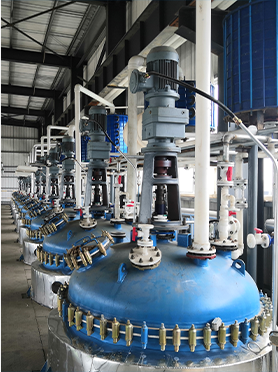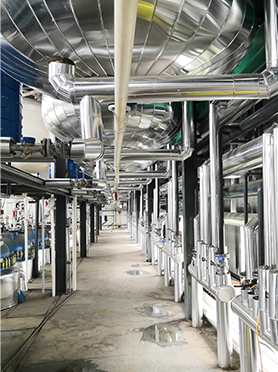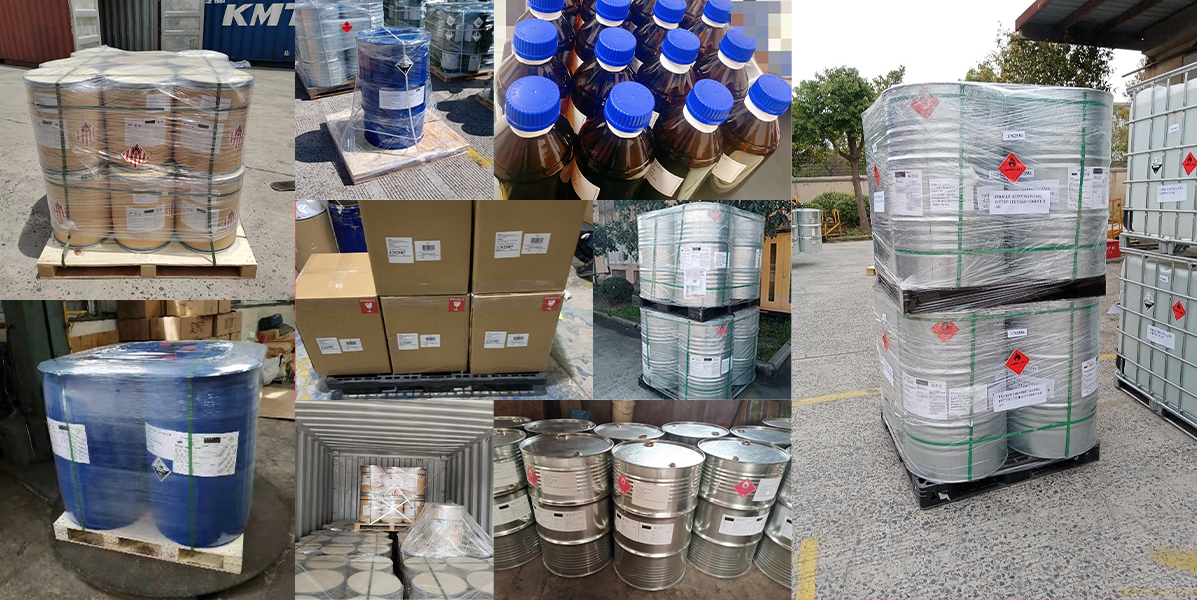Decabromodiphenyl Ethane (DBDPE) is a chemical compound that has gained prominence as a highly effective brominated flame retardant. Its widespread use across various industries, particularly in plastics and electronics, stems from its ability to significantly enhance fire safety. For procurement managers, R&D scientists, and product formulators, a thorough understanding of DBDPE's properties, safety profile, and the evolving regulatory landscape is crucial. If you are considering purchasing this additive, knowing its characteristics and potential implications is key to making informed decisions and securing a reliable supply from a trusted manufacturer.
Chemically, DBDPE is an organobromine compound with the CAS number 84852-53-9. Its molecular structure provides a high bromine content, which is fundamental to its flame-retardant efficacy. When polymers containing DBDPE are exposed to fire, the compound undergoes thermal decomposition, releasing bromine radicals. These radicals act as radical scavengers in the flame zone, effectively disrupting the combustion cycle by capturing reactive species like H• and OH•. This mechanism significantly reduces the rate of heat release and flame propagation, contributing to a safer environment in case of fire. Its excellent thermal stability means it can withstand high processing temperatures encountered in polymer manufacturing, ensuring its effectiveness is maintained throughout the production process.
Regarding safety, DBDPE has been the subject of considerable scientific evaluation. While it exhibits low water solubility and low volatility, indicating limited potential for direct exposure via these routes, its presence in the environment and potential for transformation have been points of discussion. Some studies have indicated that DBDPE may persist in the environment and, under specific conditions, could potentially degrade into other brominated compounds. Regulatory bodies globally have been assessing these factors. For instance, in Canada, a proposal to ban DBDPE was put forward based on environmental concerns, though the scientific basis for this proposal has been debated, with some experts highlighting the lack of experimental evidence for certain degradation pathways and the distinct chemical behavior of DBDPE compared to its predecessor, decabromodiphenyl ether (DecaBDE).
The regulatory status of DBDPE can vary by region. While it has been widely used and considered safe by many authorities for its intended applications, ongoing assessments continue. Manufacturers and users must stay informed about the latest regulations and scientific findings. This includes understanding which applications might be affected by future restrictions and exploring alternative solutions if necessary. However, for many current applications, DBDPE remains a cost-effective and highly efficient flame retardant that is difficult to substitute without compromising performance or significantly increasing costs.
For businesses in need of high-performance flame retardants, sourcing DBDPE from a reputable manufacturer is paramount. Companies looking to buy Decabromodiphenyl Ethane should prioritize suppliers who offer consistent product quality, transparent documentation, and competitive pricing. Understanding the chemical properties, potential environmental considerations, and regulatory status will empower buyers to make informed decisions and ensure compliance. As a leading chemical supplier, we are committed to providing high-quality DBDPE and supporting our clients with the necessary technical information to ensure its safe and effective use.
Manufacturing Facilities






Professional Export Experience
to Global Customers

1. 20 years of R&D, manufacturing and sales experience, serving customers in 60 countries and regions around the world;
2. Own R&D laboratory, pilot platform and large-scale production workshop, which can meet the audit requirements of global customers;
3. We can satisfy customers' perfect transition from small scale lab requirements (gram level) to commercialization requirements (hundred tons level).
A: We don't have Minimum Order Quantity, exact quantity should be provided before quotation for us to calculate the exact cost.
A: We don't provide free samples due to lots of request and expensive international courier's cost, we can deduct the sample charge after commercial order placed.
A: Our payment terms: Small or sample order: T/T IN ADVANCE. Commercial order: First order should be by T/T IN ADVANCE or L/C at sight, and following orders T/T 30~90days is acceptable subject to approval of credit application.